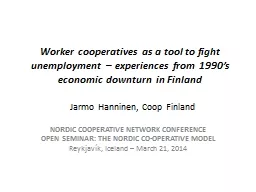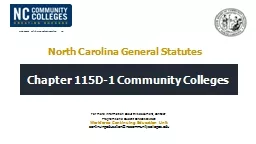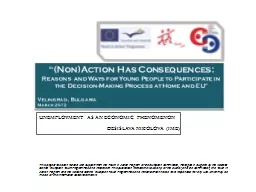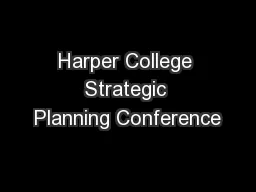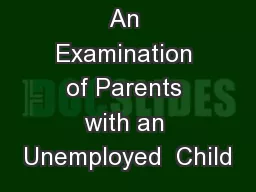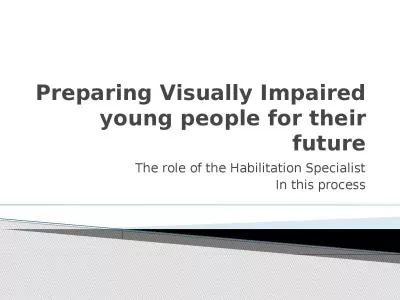PPT-Skills of U.S. Unemployed, Young, and
Author : lois-ondreau | Published Date : 2018-09-24
Older Adults in Sharper Focus US PIAAC 20122014 Peggy Carr PhD Acting Commissioner National Center for Education Statistics NCES Washington DC March 10 2016 Results
Presentation Embed Code
Download Presentation
Download Presentation The PPT/PDF document "Skills of U.S. Unemployed, Young, and" is the property of its rightful owner. Permission is granted to download and print the materials on this website for personal, non-commercial use only, and to display it on your personal computer provided you do not modify the materials and that you retain all copyright notices contained in the materials. By downloading content from our website, you accept the terms of this agreement.
Skills of U.S. Unemployed, Young, and: Transcript
Download Rules Of Document
"Skills of U.S. Unemployed, Young, and"The content belongs to its owner. You may download and print it for personal use, without modification, and keep all copyright notices. By downloading, you agree to these terms.
Related Documents



